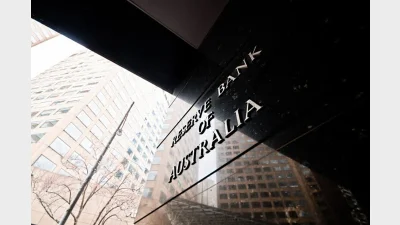Calls for Coalition to re-examine super policy costings



Low income earners and women will still get the short end of the stick in retirement under the Federal Coalition's policies, the Australian Institute of Superannuation Trustees (AIST) and Women in Super (WIS) have said.
The groups have called on coalition to reconsider its superannuation policy positions for low-income earners and women following the release of its costings policy this week.
The costings included savings of more than $3.7 billion by discontinuing the Low Income Superannuation Contribution Scheme (LISC) and $1.6 billion by delaying the increase to the super guarantee (SG).
It was false economy to direct $5.3 billion away from the superannuation system — much of it from low income earners — when extra super savings would reduce budgetary pressures, AIST president and WIS chair Cate Wood said.
"We need the SG to rise to 12 per cent as quickly as possible if more Australians are to retire with adequate incomes," she said.
"And we also need the very effective, well-targeted LISC scheme that, in addition to helping the low paid save for their retirement, corrects a tax anomaly whereby those earning less than $37,000 a year were paying more tax on their take-home pay than their super."
Although the Coalition's paid parental leave scheme was recognised, Wood said the Coalition needed to do more for low income earners.
"More than a third of the female workforce qualify for LISC — many of whom are working part time on their return to work after having children," she said.
"These women will miss out on an annual boost to their super of up to $500."
Recommended for you
The major changes to the proposed $3 million super tax legislation have been welcomed across the superannuation industry.
In holding the cash rate steady in September, the RBA has judged that policy remains restrictive even as housing and credit growth gather pace.
A new report warns super funds must rethink retirement readiness as older Australians use super savings to pay off housing debt.
An Australian superannuation delegation will visit the UK this month to explore investment opportunities and support local economic growth, job creation, and long-term investment.










